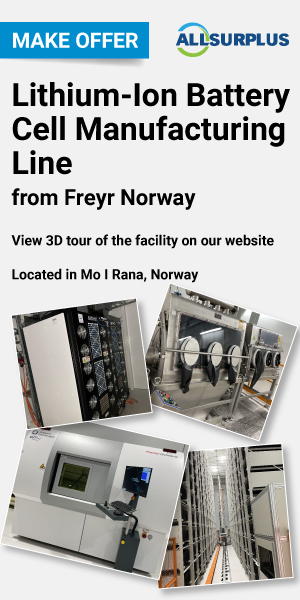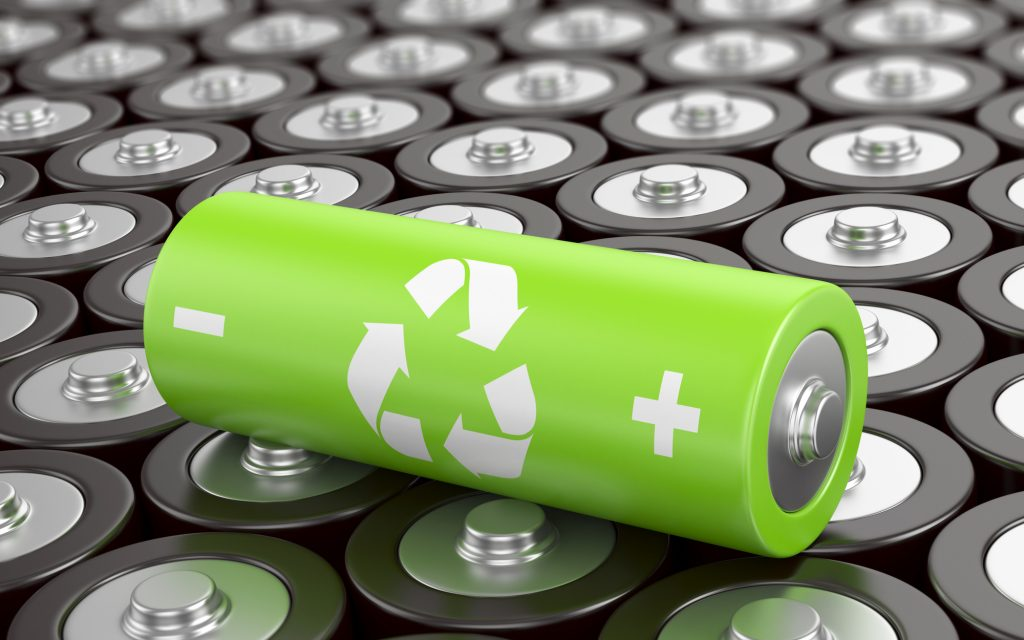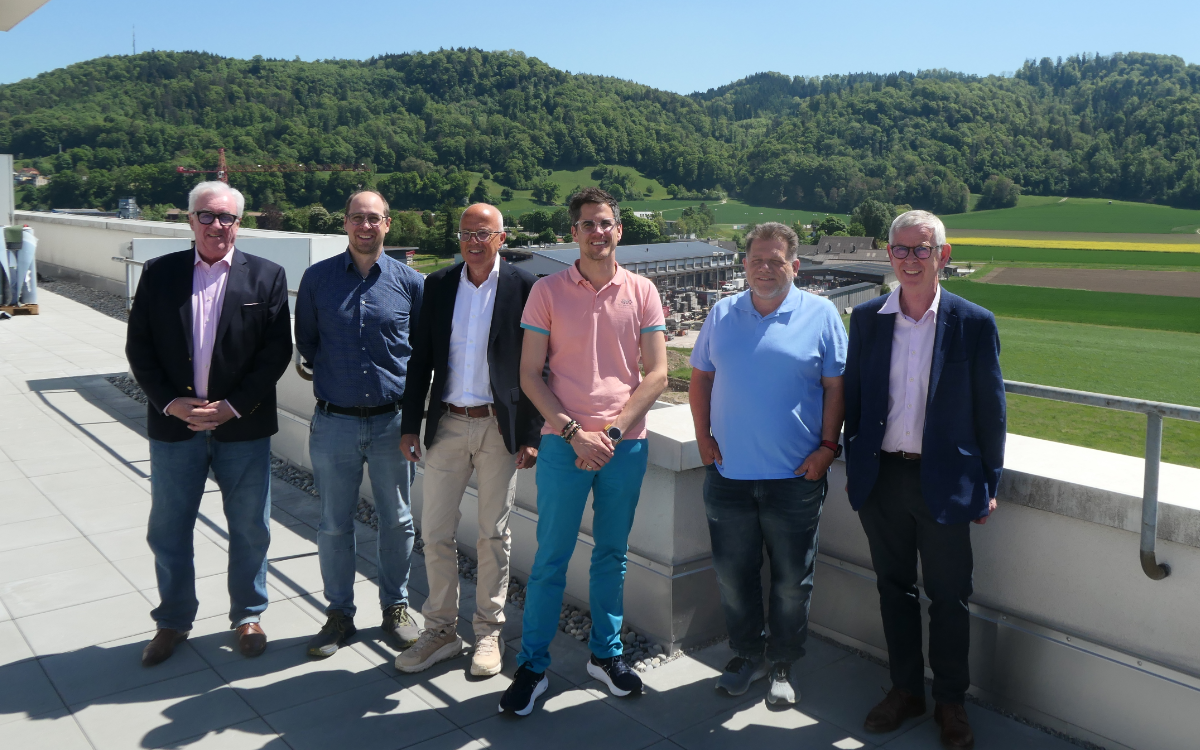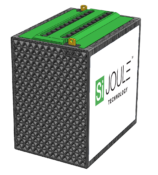Zinc-based batteries— and their potential role in energy storage system applications— were in the spotlight at an international workshop in New York City hosted by the National Alliance for Advanced Transportation Batteries, NAATBatt.
The workshop at the City University of New York’s (CUNY) Advanced Science Research Centre at CUNY involved speakers from private industry, government and state organisations, all of whom are involved in designing, improving and eradicating problems in the manufacture and operation of zinc-based batteries.
The original voltaic pile, which used zinc and carbon electrodes was invented in 1800 by Volta, then improved in 1901 by Edison, is undergoing a renaissance, said Dr Mike McDonagh— technical editor of Batteries & Energy Storage Technology (BEST) Magazine, who attended the workshop.
“Pitched as a safe and environmentally-friendly alternative to lithium-ion chemistry, these new versions are attracting interest within the battery community,” McDonagh said. “With theoretical energy densities ranging from 100 to 480 kWh/kg (depending on the chemistry), and predicted manufacturing cost of around US$50 per kWh, it is hardly surprising that this workshop was the first sell-out event organised by NAATBatt.”
Peter Greenberger of NAATBatt welcomed delegates and Imre Gyuk, the director of the energy research programme at the US Department of Energy, gave the opening address—’Why Zinc batteries matter’.
The topics ranged from descriptions of commercial grid-scale energy-storage modules to fundamentals of chemical engineering in identifying sources and causes of dendrite growth by studying the ‘Electrokinetics in Viscoelastic Liquid Electrolytes Above the Diffusion Limit’.
McDonagh said the main areas of attention were: extending cycle life, improving energy density by seeking the reaction which utilises the 2nd valence electron and the performance parameters that should be pursued in designing the batteries.
“Opening addresses from Gyuk and Babu Chalamala of Sandia National Laboratories highlighted the US government’s commitment to support this technology. Further presentations outlining the range of electrochemical couples including manganese oxide, nickel and silver, along with detailed work by Sandia laboratories on separator materials and the effect of additives, clearly showed the levels of interest and commitment from the private and public sector.”
“Current values from commercially available batteries shown for energy density and cycle life— although better than lead-acid— were hardly mouth-watering,” McDonagh said. “They were however, respectable enough to see zinc-based cells and batteries as potentially, a low-cost, safe and environmentally friendly alternative to lithium-ion in ESS applications.”
“The predicted values presented for zinc-air systems exceed lithium-ion current values by a good margin and could provide sufficient incentive for private companies to pursue this chemistry further, McDonagh said. “One highly interesting claim, which emerged from the commercial presentations, was that Ni-Zn constructions could be manufactured almost entirely by current lead-acid battery manufacturing equipment. With projected manufacturing costs as low as $50 per kWh and energy densities already almost double lead-acid values, there could be a ready-made commercial route for what may be a viable battery technology.”
McDonagh will present a detailed review of the workshop in the winter edition of BESTmag. To get your copy of the magazine— in print and digital formats— click here to subscribe.












